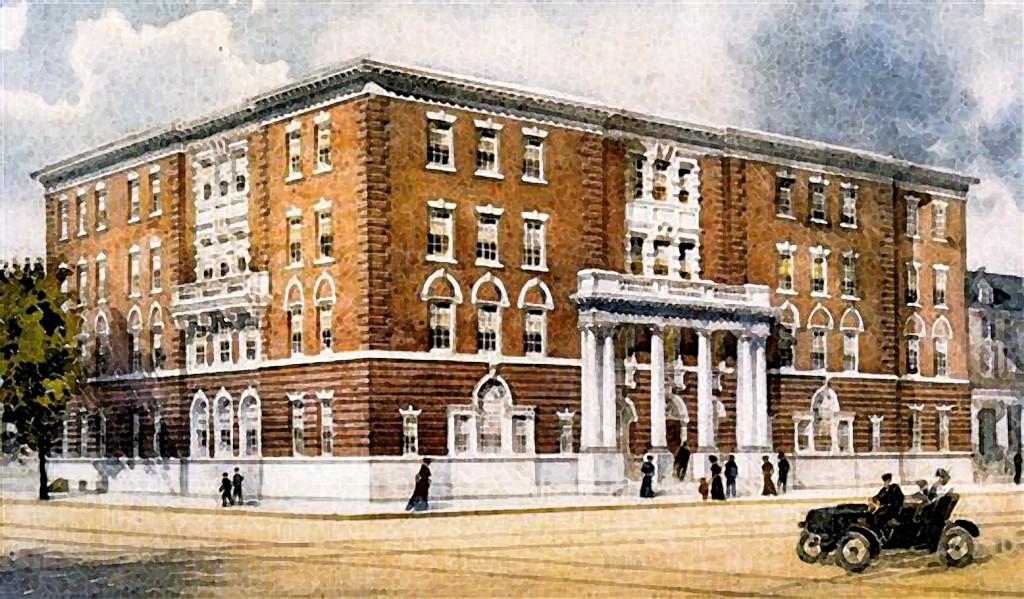Changing Mission: The Reformation of Historical Society of Pennsylvania

As one of the oldest historical societies, HSP owns a big materials collection including books, manuscripts, family histories and artifacts from different times. But due to the overlook of museum function management, it gradually became a foyer and storage of family collections. To make HSP more efficient and cut cost, Susan Stitt, the CEO of HSP since 1990, restructured staff into Collections, Interpretation, and Administration part. But soon it turned out that financial deficit was still inevitable. Because of the abundant collection of historical and art materials, the research value of HSP was highly valued by scholars. They were willing to pay for the membership to access the materials. Membership allows member to use library material for free. People keep membership to show their support to HSP.

Historical Society of Pennsylvania Library https://potd.pdnonline.com/2017/03/44984/04-exposures-thomas-schiff-library-04/
However, the major financial resources were from the board, which means that their thoughts and concerns impact all vital decisions. When facing the necessity of reforming, Stitt’s the biggest resistance was from the board. She raised several options of HSP’s capacities including outsourcing their art and artifact collection to other non-profit institutions, or establishing a major history museum with the merging of other historical and cultural museums. However, the new approaches touched the nerve of some board members, who didn’t want HSP collection to outflow. Some thought HSP should be kept as a club who only need to be responsible to its members. These debates lasted for 2 years before HSP could complete some reformation and move forward.
The future direction and mission of an organization is inevitably tied with its financial source. The incongruity of bourgeoisie funders’ and the public needs could be a fatal disadvantage to an organization. My consideration goes to the possible shift of power. For instance, when attention economy in this cyber era becomes more profitable and efficient, will online marketing challenge the traditional funding methods? If the internet citizens’ contribution to the organization become bigger, would their needs influence the goal and mission of the organization?
Reference:
Stephen A. Greyser and Stephanie Woerner, The Historical Society of Pennsylvania. (Harvard Business School case study) November 20, 1996, revised February 5, 1997.
100% of the SBD rewards from this #explore1918 post will support the Philadelphia History Initiative @phillyhistory. This crypto-experiment conducted by graduate courses at Temple University's Center for Public History and MLA Program, is exploring history and empowering education. Click here to learn more.
Good thoughts! I'm especially intrigued by your question about board members as LITERAL stakeholders and decision-makers. I've heard a lot of conversations about how to restructure board giving in order to diversify board membership. It seems like the minimum an organization MUST do in this century, but I understand that without some replacement cash, organizations are reluctant to do so!